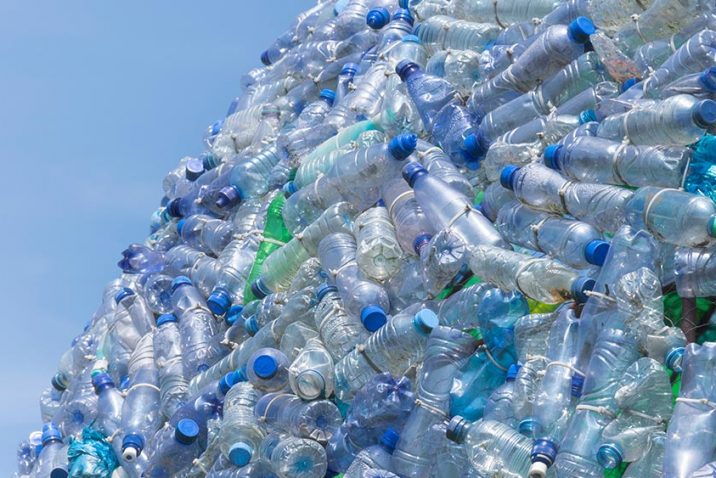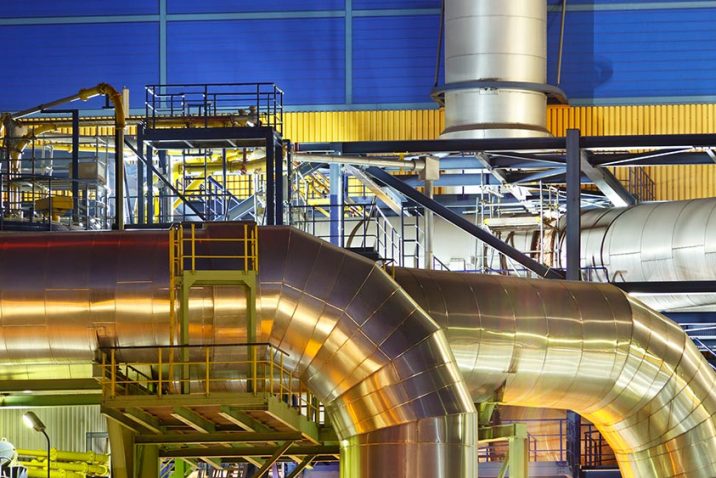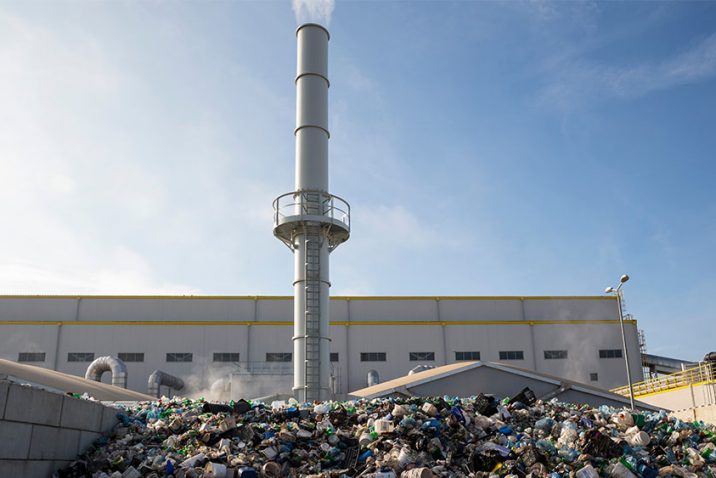According to a 2018 report issued by the Ministry of Environment, 25% of Japan’s plastic waste is recycled. 57% goes through thermal recycling, which involves incinerating the waste to produce heat and electricity. Another 18% is either incinerated...
Effective incinerators are expensive to build, therefore, it can take years until the economic benefits start to materialize. For example, in the U.S., a trash incinerator plant costs $280 million to build, which is two to three times more expensive...
The role of waste-to-energy plants is to turn non-recyclable waste into heat and electricity, thus reducing landfill usage and the need to burn fossil fuels. Simultaneously, waste-to-energy plants also help reduce the levels of methane generated...
Nissin Food Holdings has announced its decision to switch to sustainable energy through Waste-To-Energy plants as their main source of electrical power for its headquarters in Tokyo by the end of this year. Waste-To-Energy, also known as WtE, is an...





